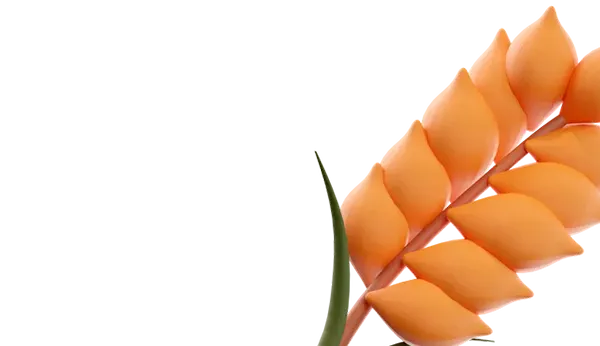The fight against powdery mildew (Erysiphe graminis) is possible in wheat and barley crops, as well as when spreading cereal weeds.
The pathogen affects the upper part of the plant, especially young leaves and stems, but during active spread, it can also damage the scales of the ears and their awns.
The minimum temperature for powdery mildew development is 12 degrees Celsius, and the humidity should be high - from 96 to 98 percent.
The signs of powdery mildew presence include the formation of white mesh-like fungal mycelium deposits on both sides of the leaves, forming convex cushions of various sizes with a dirty-gray hue.
The risk of powdery mildew infection in cereal crops increases when sensitive varieties are grown, nitrogen fertilizers are overused, and there is clutter and high crop density. As a result of the infection, the plants' photosynthesis activity decreases, leading to yield loss.
To protect spring cereal crops, field inspections are recommended. If the disease spread exceeds the damage threshold, plants should be treated with fungicides approved for use in the Russian Federation.
The allowable infection load of powdery mildew on spring cereal crops at the beginning of vegetation is 10 percent of affected plants.

 Trading platform
Trading platform 
 Monitoring
Monitoring  Express applications
Express applications 
 Fork Work
Fork Work 
 Service
Service  News
News  Directory
Directory 













